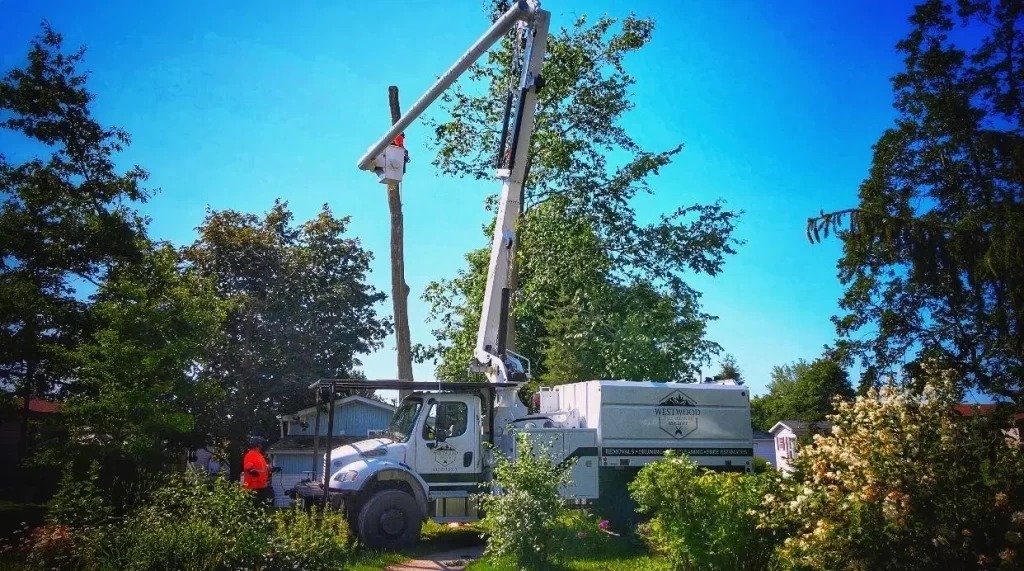Plumbing emergencies can happen anytime, causing unexpected disruptions and potential damage to your home or business. When a plumbing issue arises suddenly, quick and effective action is crucial. An expert plumber plays a vital role in handling these emergencies efficiently. Their knowledge, skills, and tools ensure problems are fixed right the first time, preventing further damage and costly repairs. Choosing a professional plumber for emergency situations guarantees a swift response and lasting solutions, providing peace of mind during stressful times.
Importance of an Expert Plumber in Emergency Repairs
Expert plumbers bring extensive training and experience to every emergency they handle. This enables them to quickly diagnose the root cause of the problem and implement the right fix without delay. Whether it is a burst pipe, clogged drain, or malfunctioning water heater, their rapid response minimizes damage and restores normal function fast.
Benefits of Hiring an Expert Plumber for Emergencies
- Immediate Availability: פיקסמן expert plumbers often offer 24/7 emergency services, ensuring help is available whenever a problem occurs.
- Accurate Diagnosis: With their deep knowledge, they can identify issues precisely, avoiding guesswork and unnecessary repairs.
- Advanced Equipment: Professional plumbers use modern tools and technology for quick detection and efficient repair work.
- Long-Term Solutions: They do not just fix symptoms but address underlying causes to prevent future emergencies.
- Safety Assurance: Handling plumbing emergencies often involves water and electricity risks; experts follow safety protocols to protect property and people.
Rapid Response Saves Time and Money
Delaying plumbing repairs can lead to worsening damage, higher repair costs, and inconvenience. Expert plumbers understand the urgency and respond promptly to minimize disruption. Their quick action can:
- Stop water leaks to prevent flooding
- Clear blockages to avoid sewage backup
- Restore heating and water supply immediately
- Protect your home’s structural integrity
Why Expertise Matters in Emergency Plumbing
Emergency plumbing requires more than basic knowledge. It demands the ability to stay calm under pressure, work efficiently, and adapt to complex situations. Expert plumbers bring these qualities, ensuring every emergency is managed professionally. Their experience means they have seen and fixed a wide range of problems, enabling them to offer solutions that others may miss.
Advantages of Expert Emergency Plumbers
- Licensed and Insured: You get reliable service backed by proper licensing and insurance.
- Transparent Pricing: Experts provide clear estimates before work begins, avoiding surprises.
- Preventative Advice: They often recommend maintenance tips to reduce future emergencies.
Why Expert Plumbers Are Essential for Emergency Repairs
- Immediate and 24/7 availability for urgent plumbing needs
- Accurate problem diagnosis for effective repair
- Use of modern tools and technology
- Quick actions that save time, money, and prevent further damage
- Safety compliance and professional handling of emergencies
- Licensed, insured service with transparent pricing
- Expert advice on maintaining plumbing systems to avoid future issues
Having an expert plumber ready to respond rapidly during emergencies is critical to protecting your property and ensuring comfort. Their skills and professionalism bring quick relief and long-lasting repairs, making them indispensable partners when plumbing crises strike.







